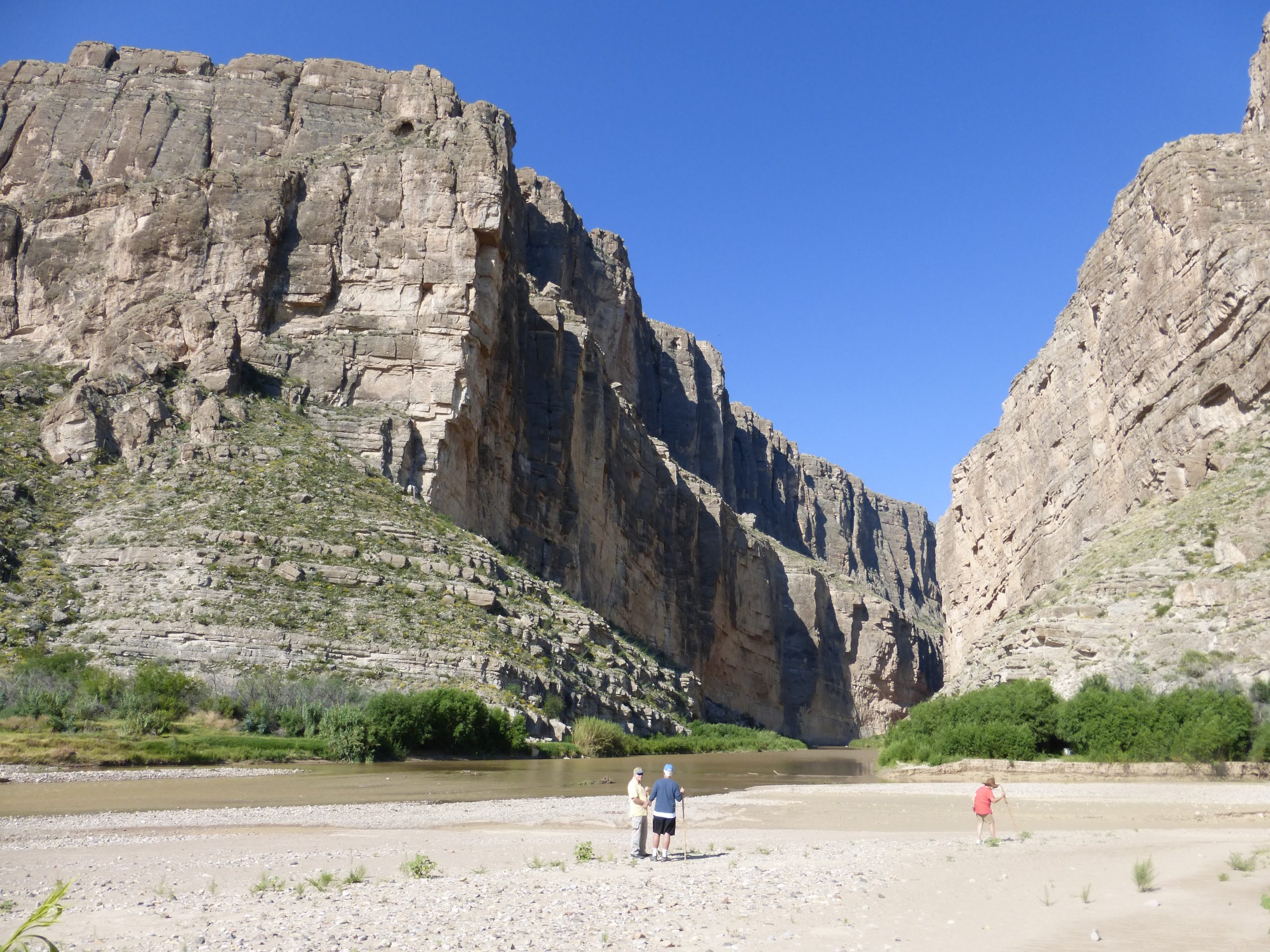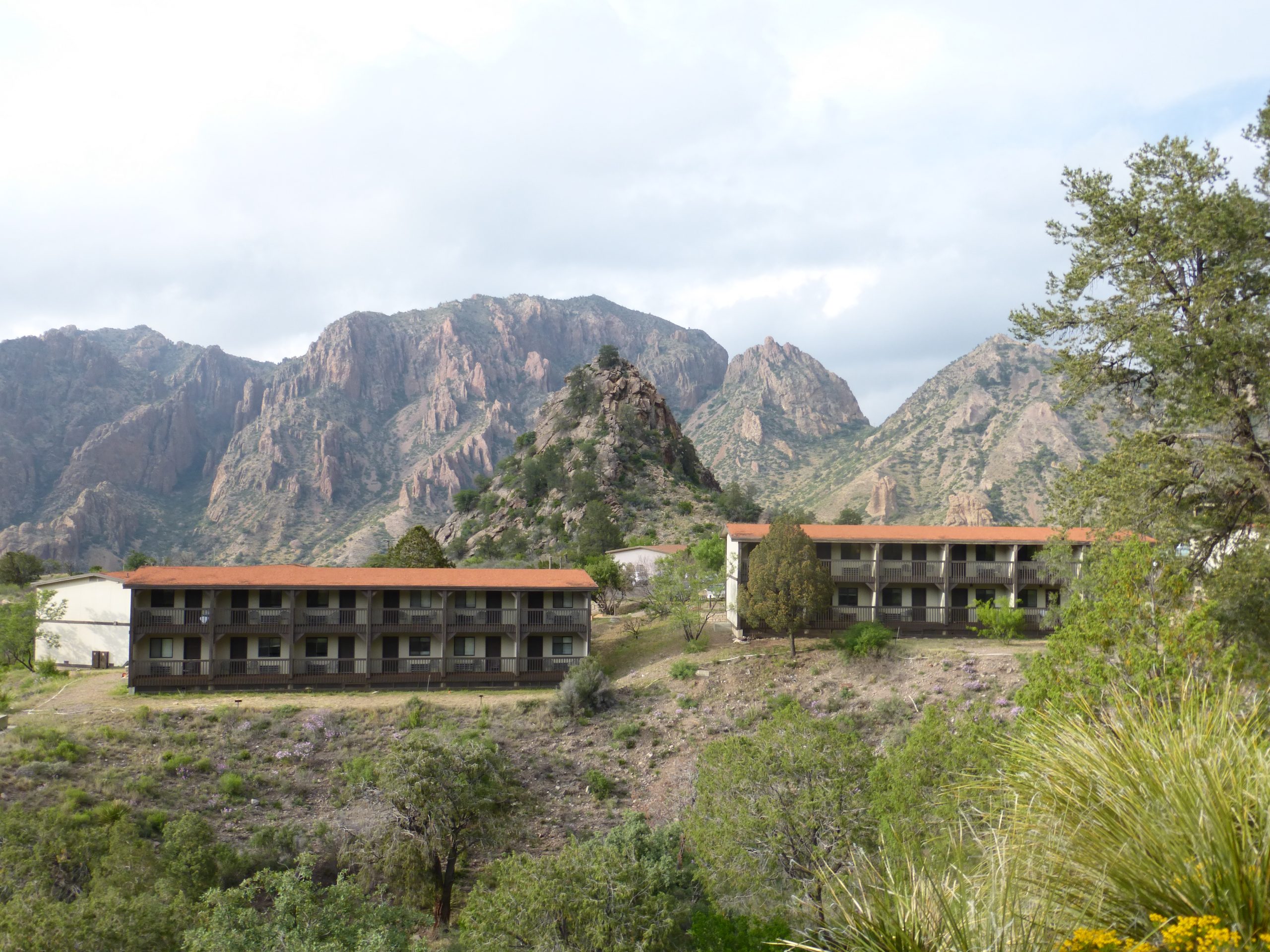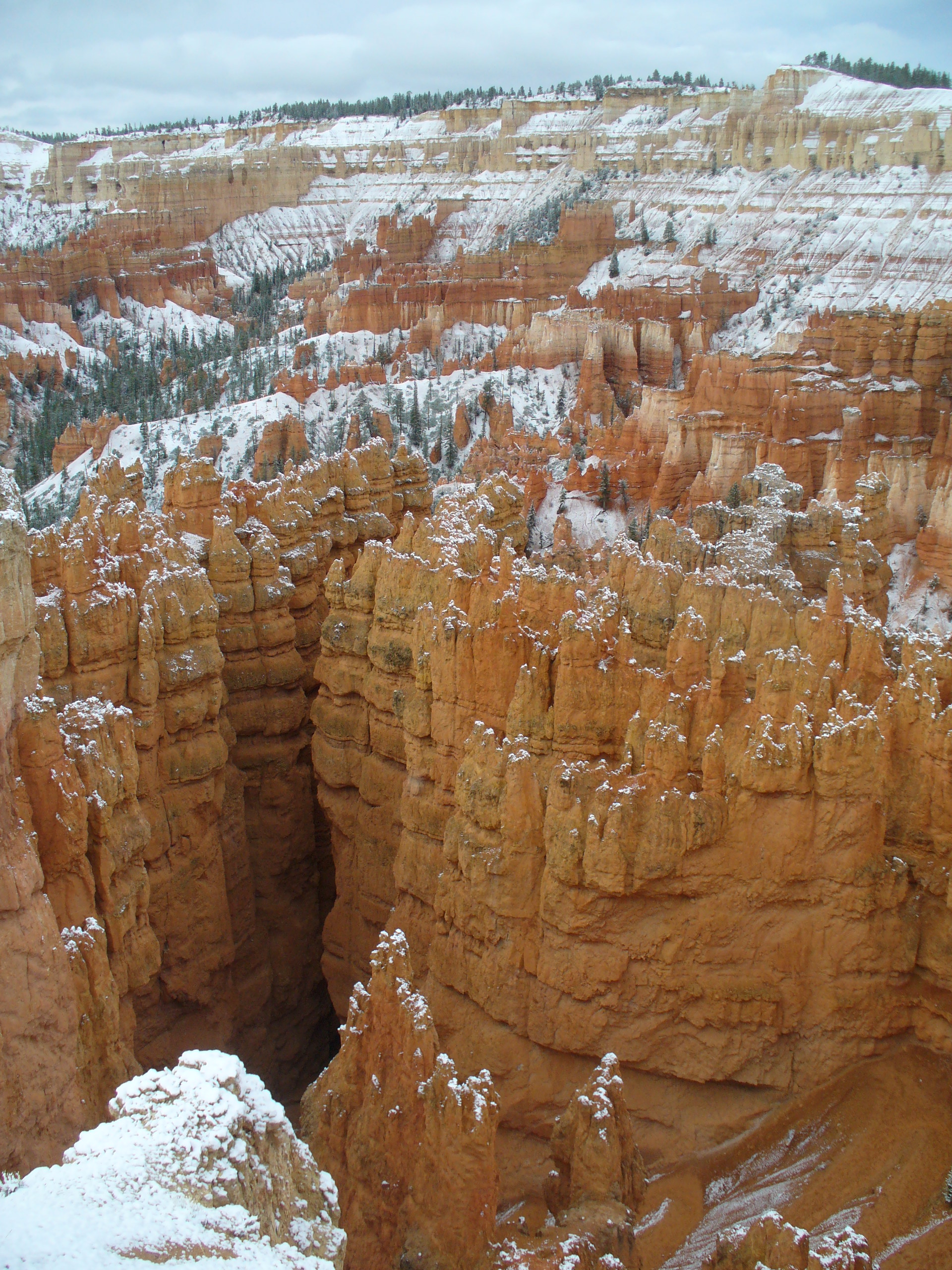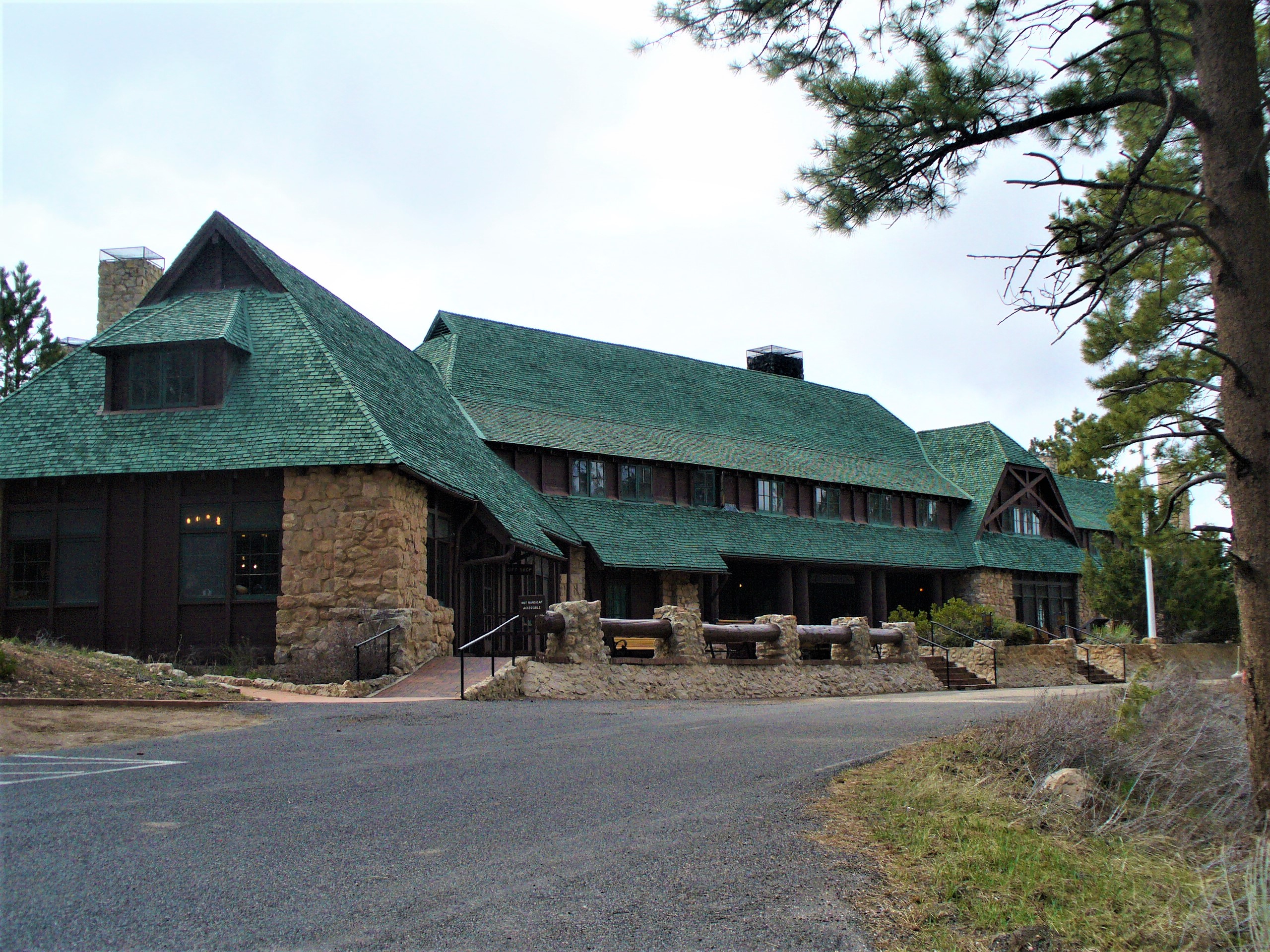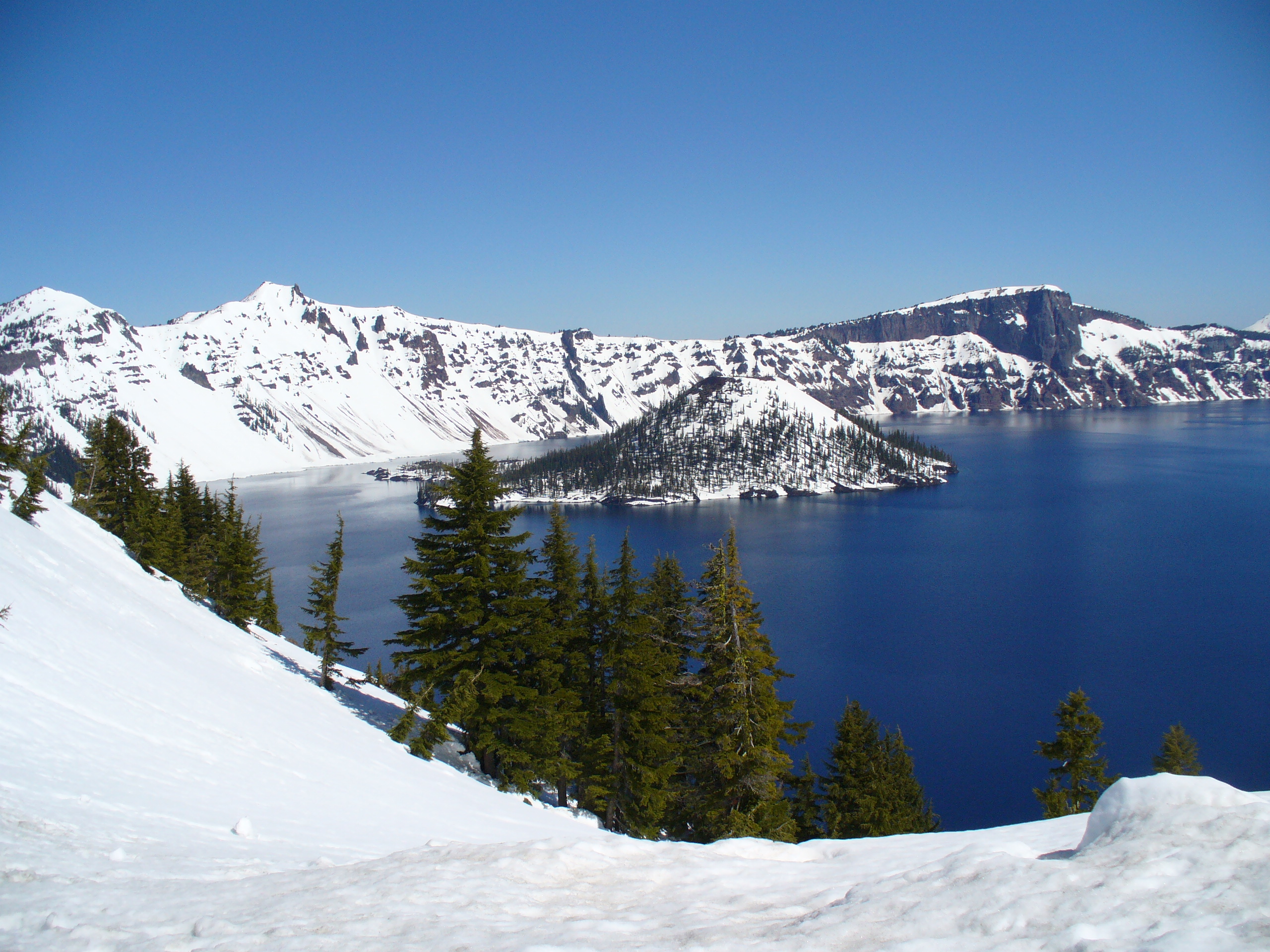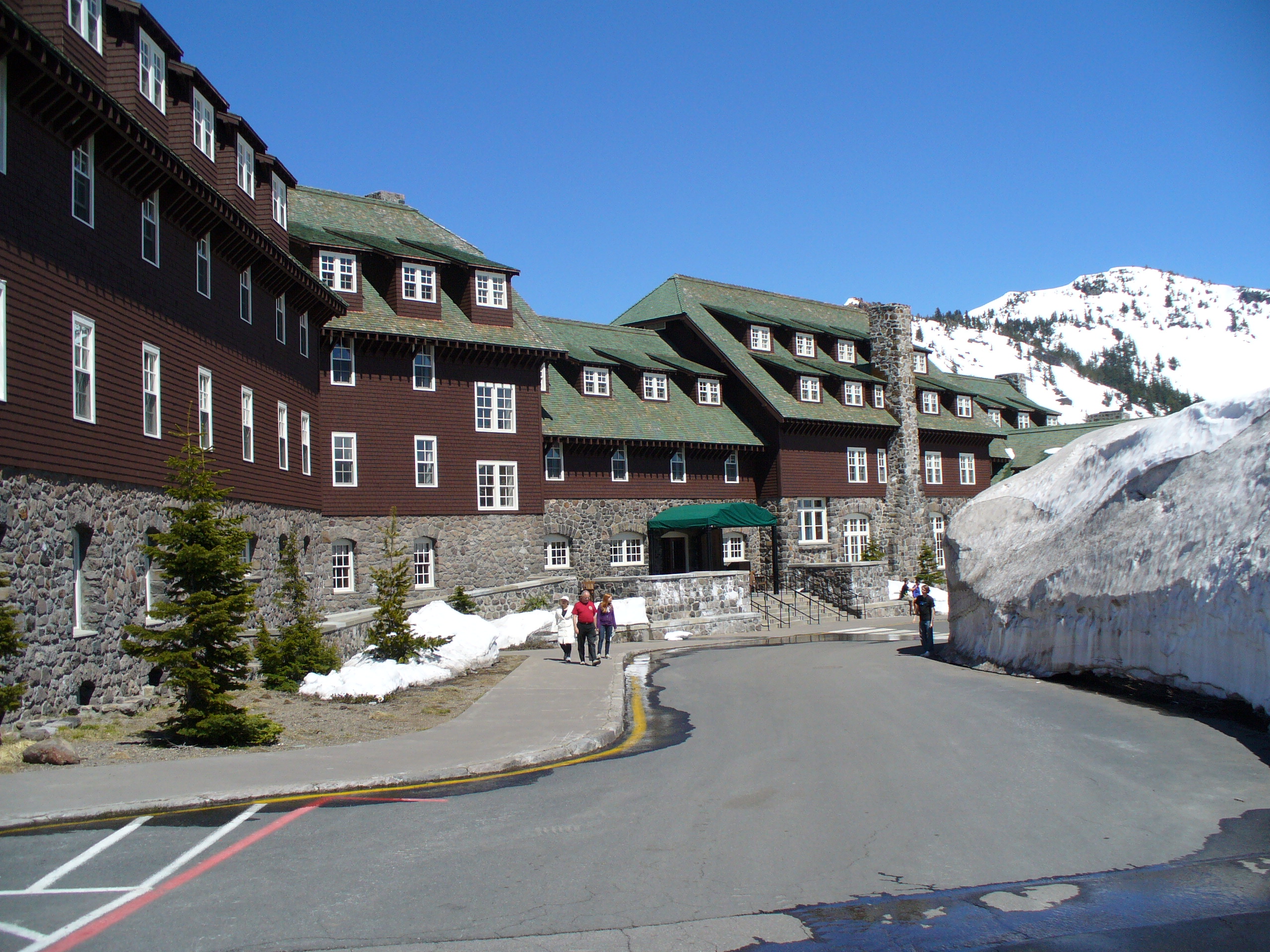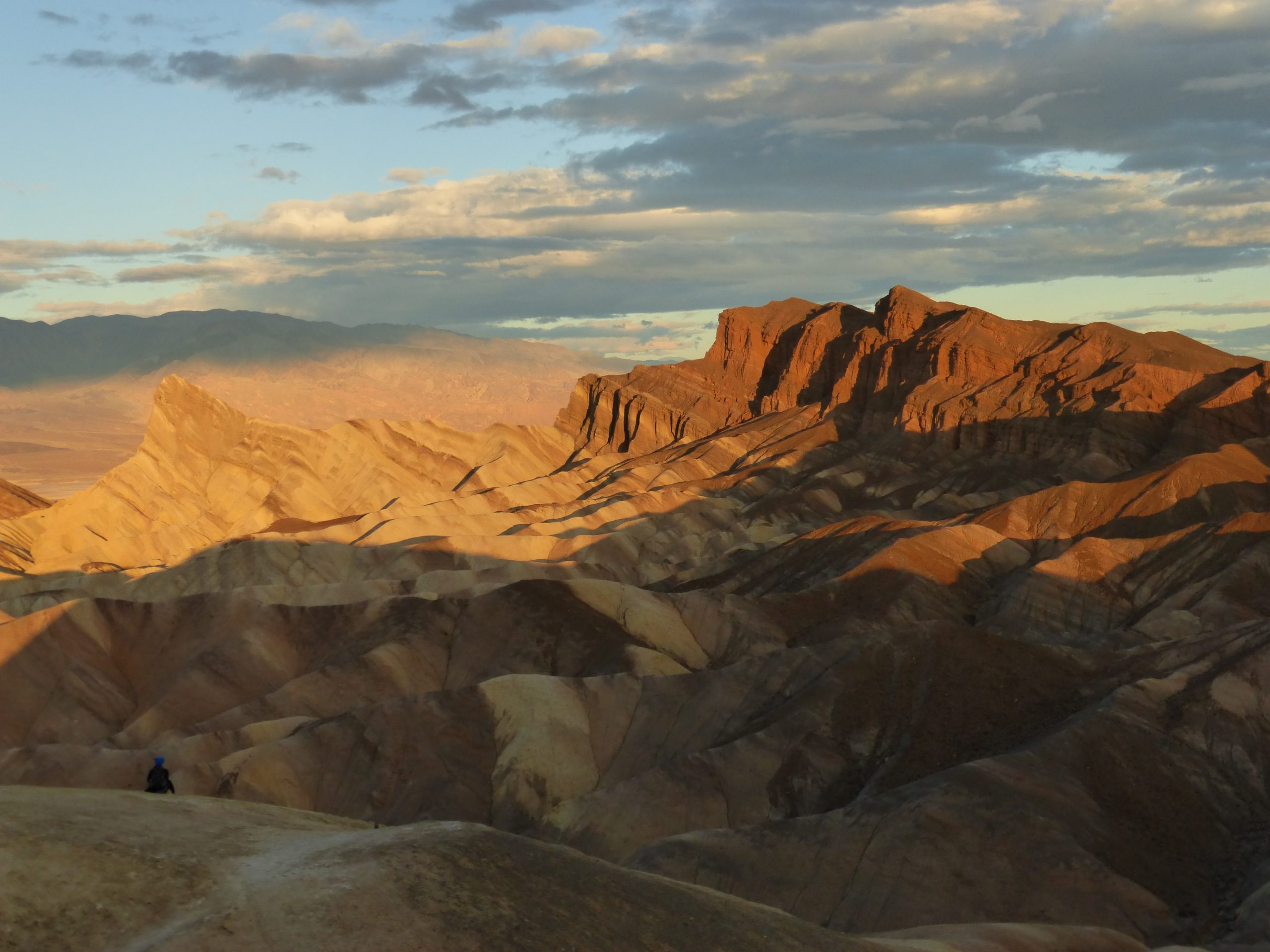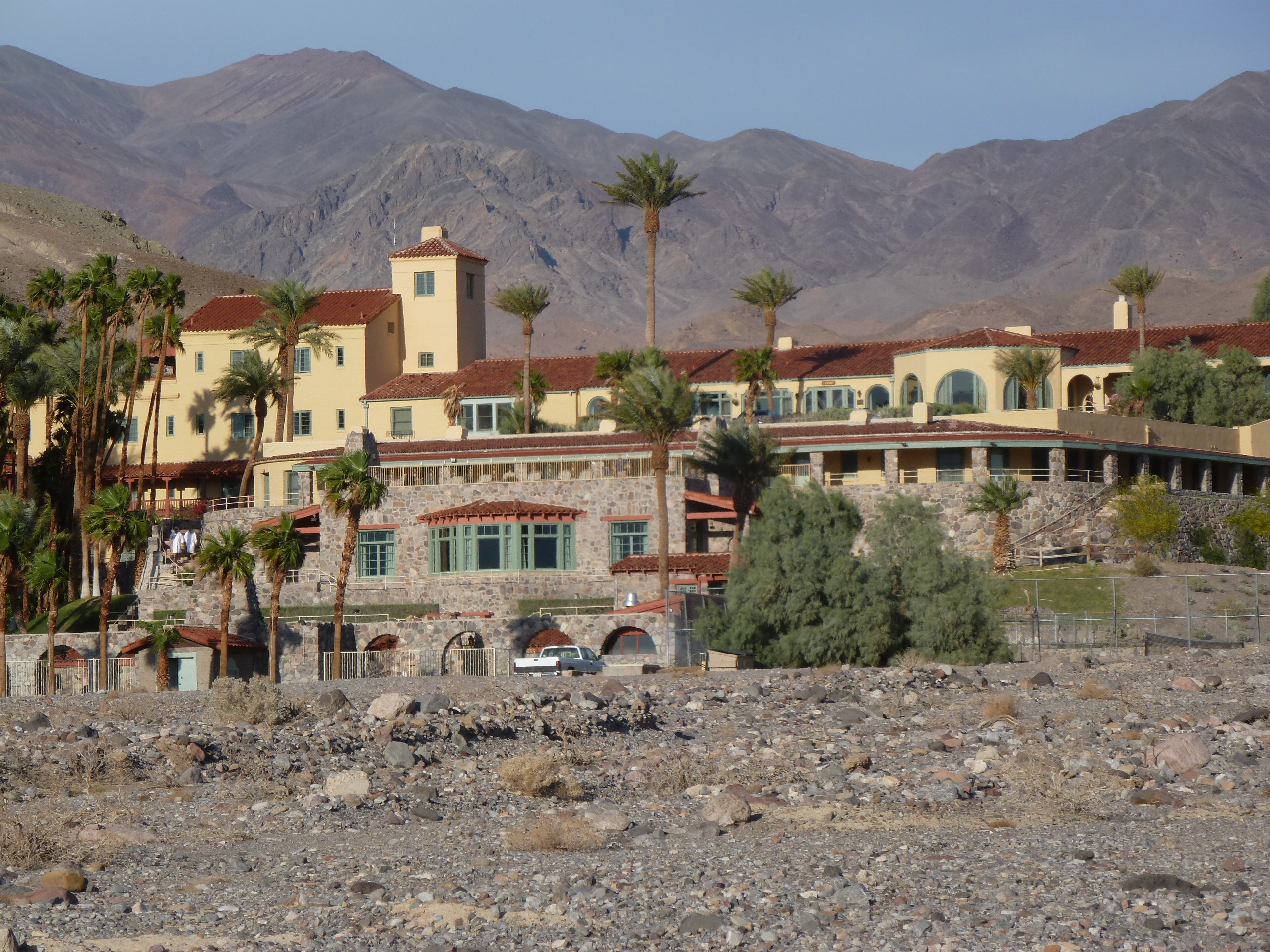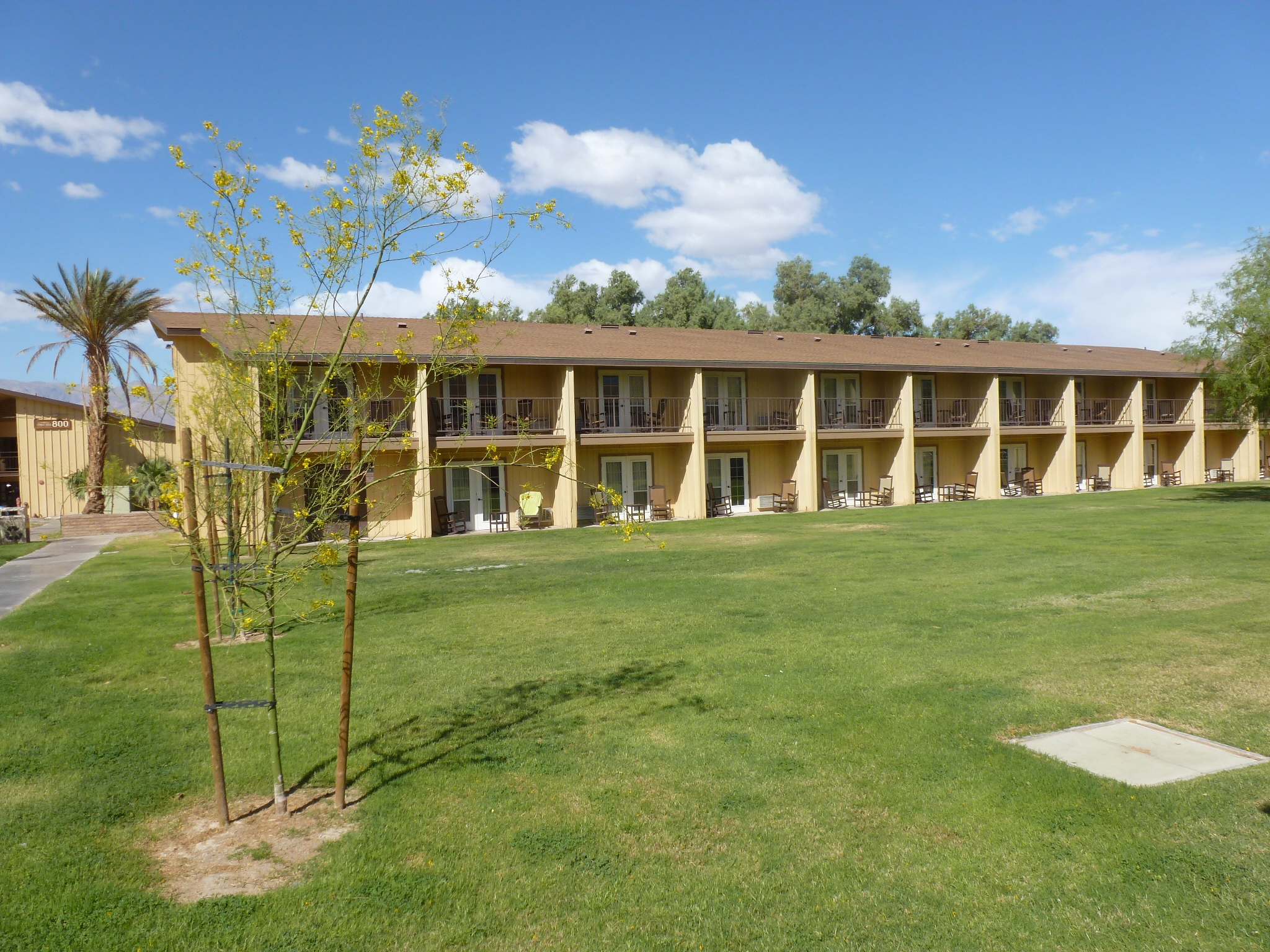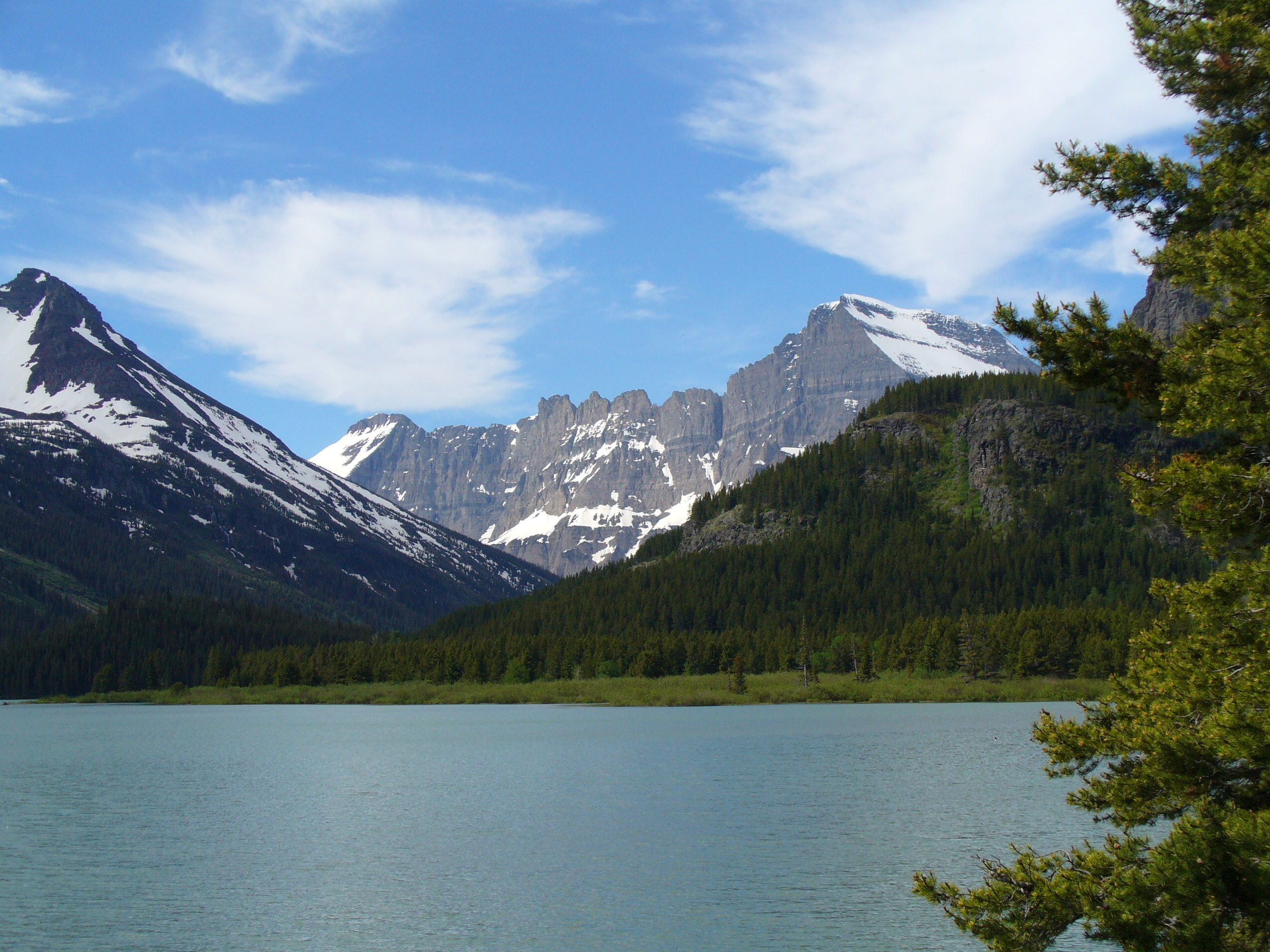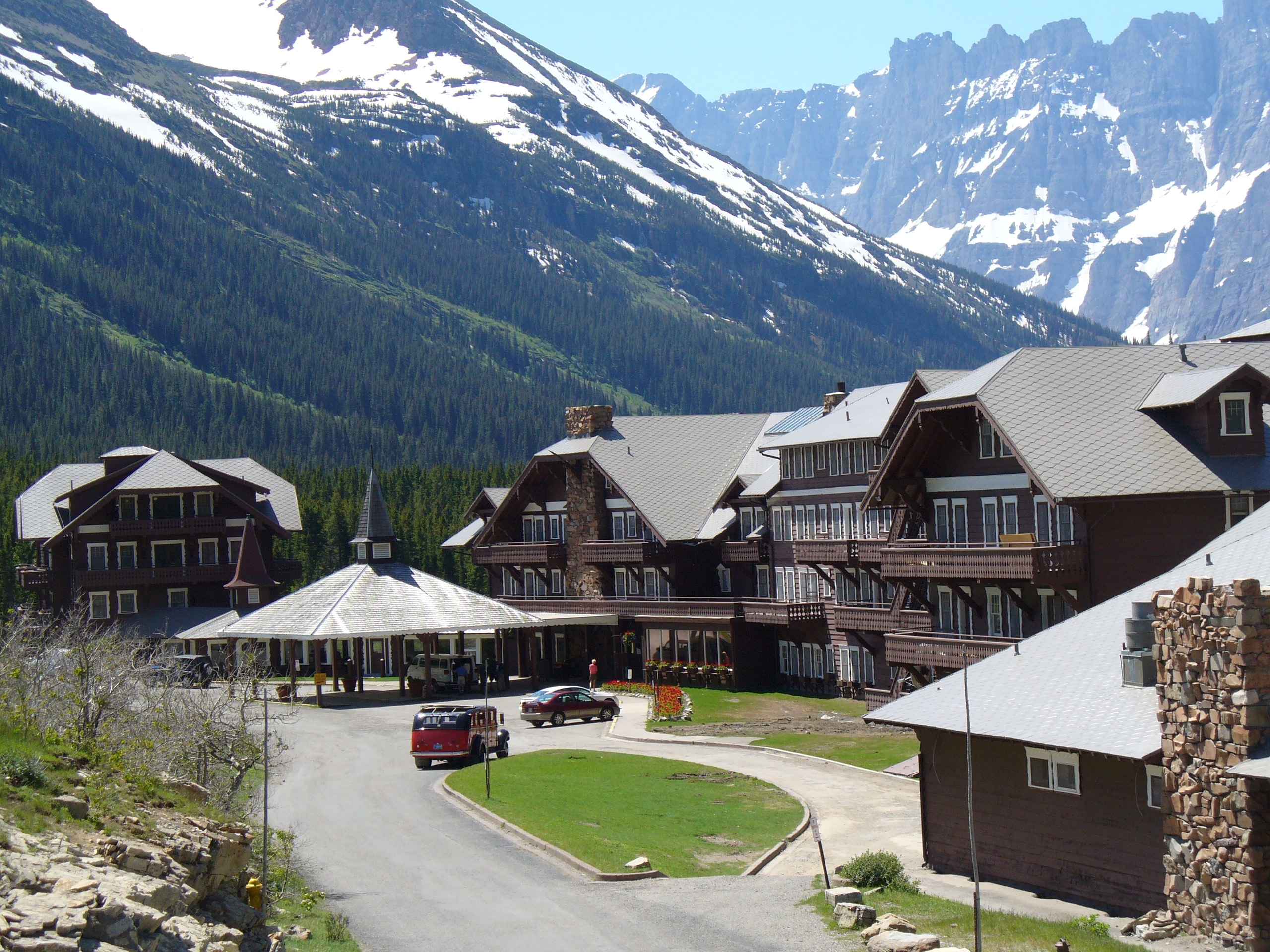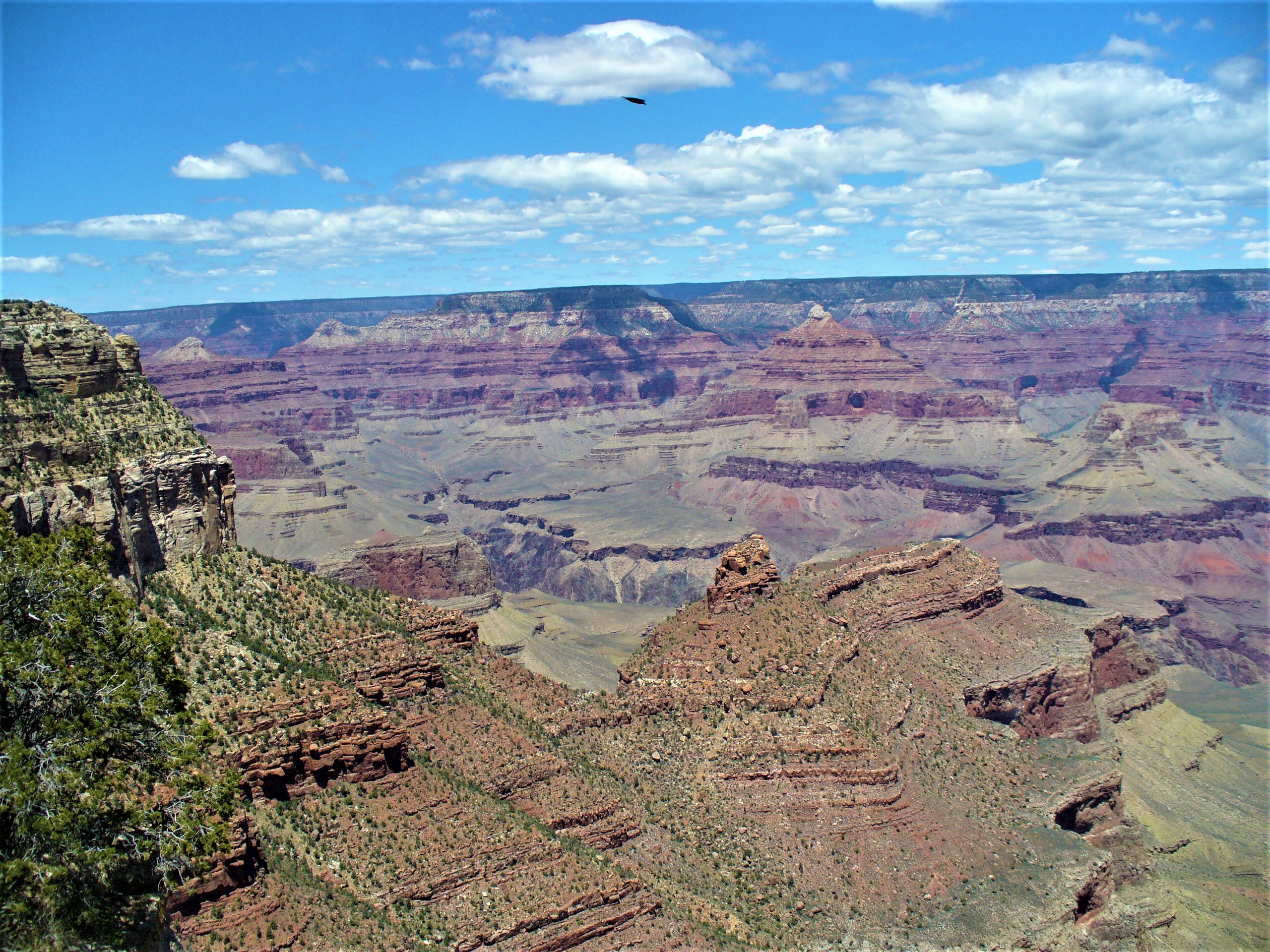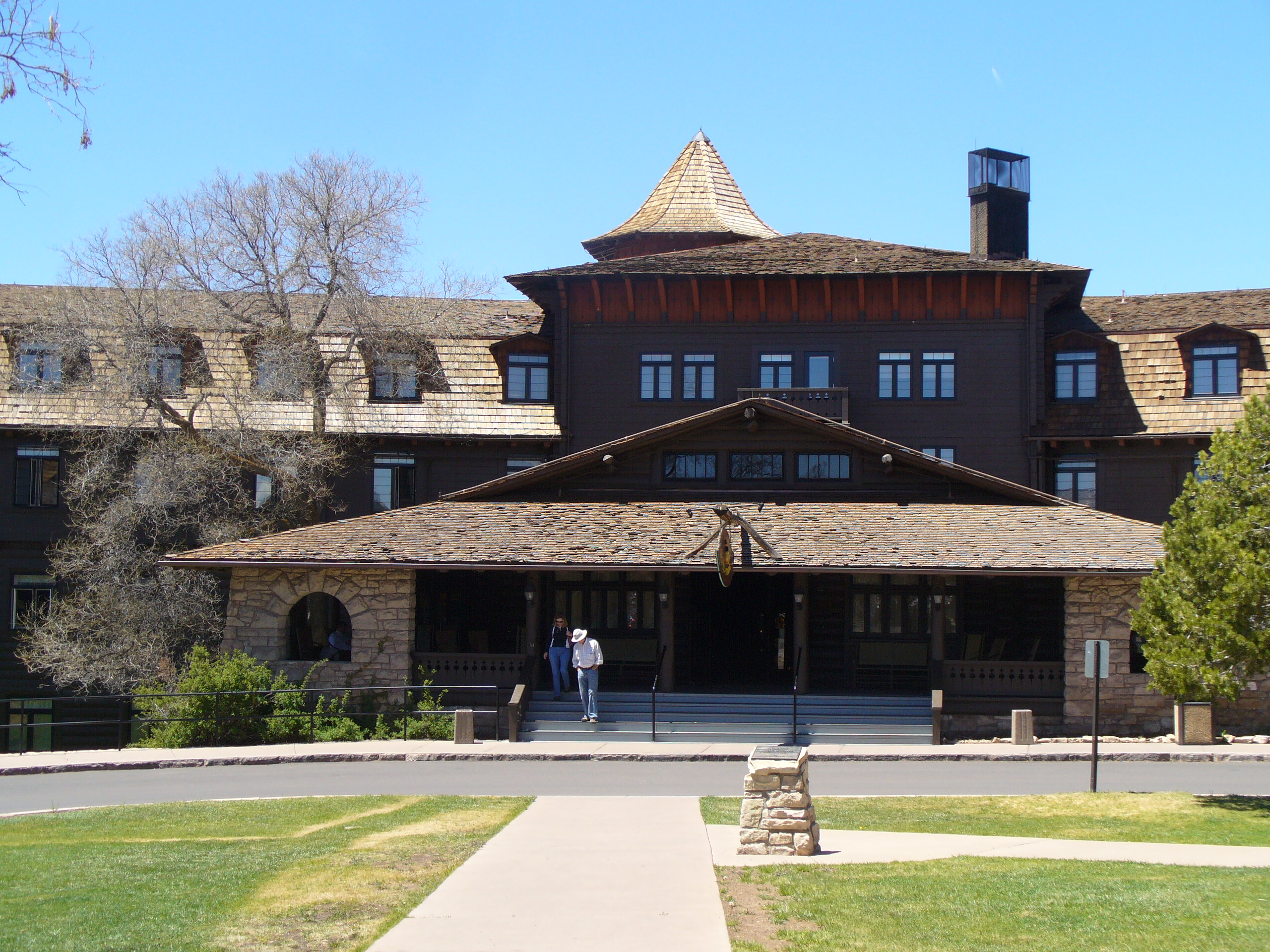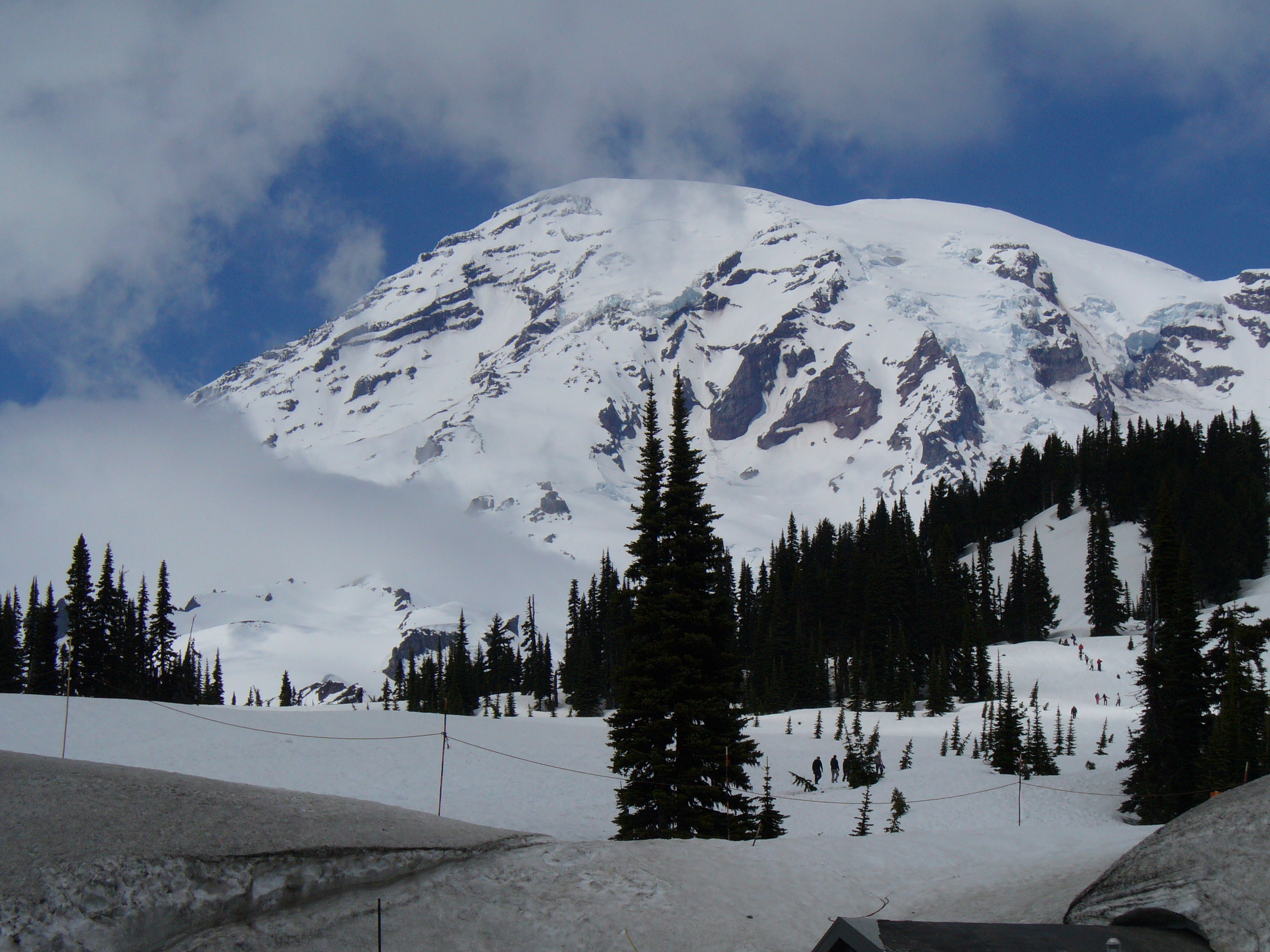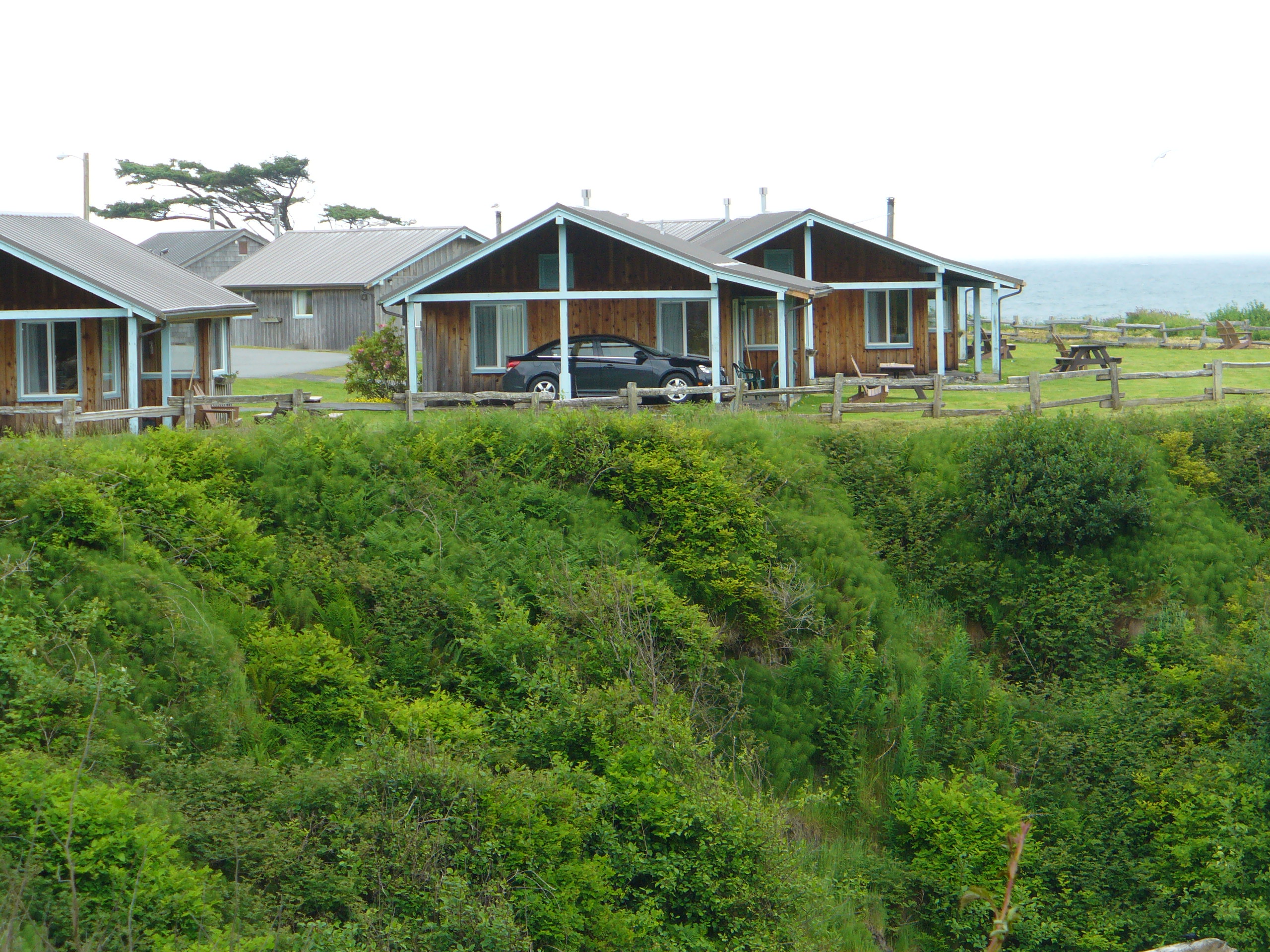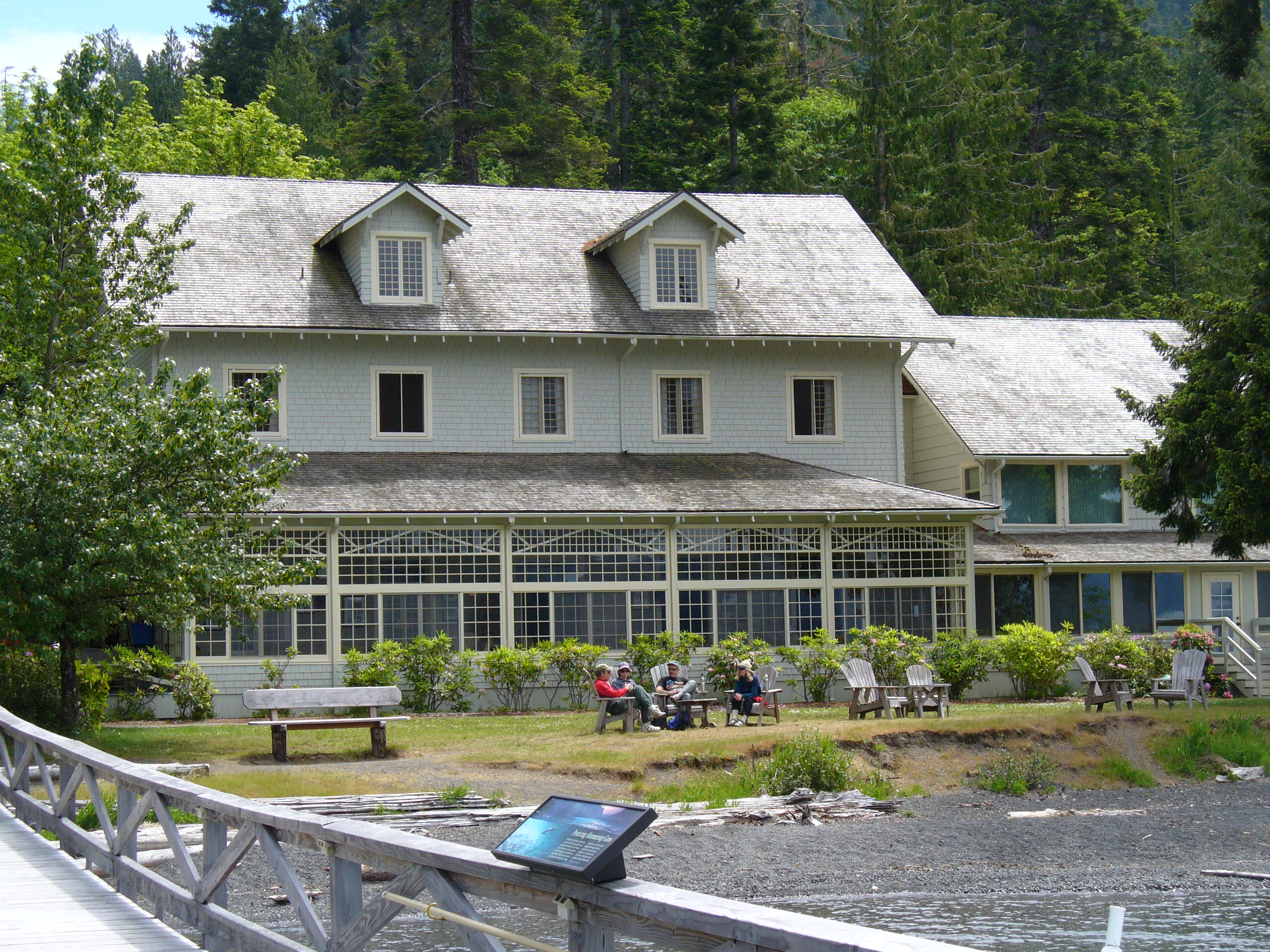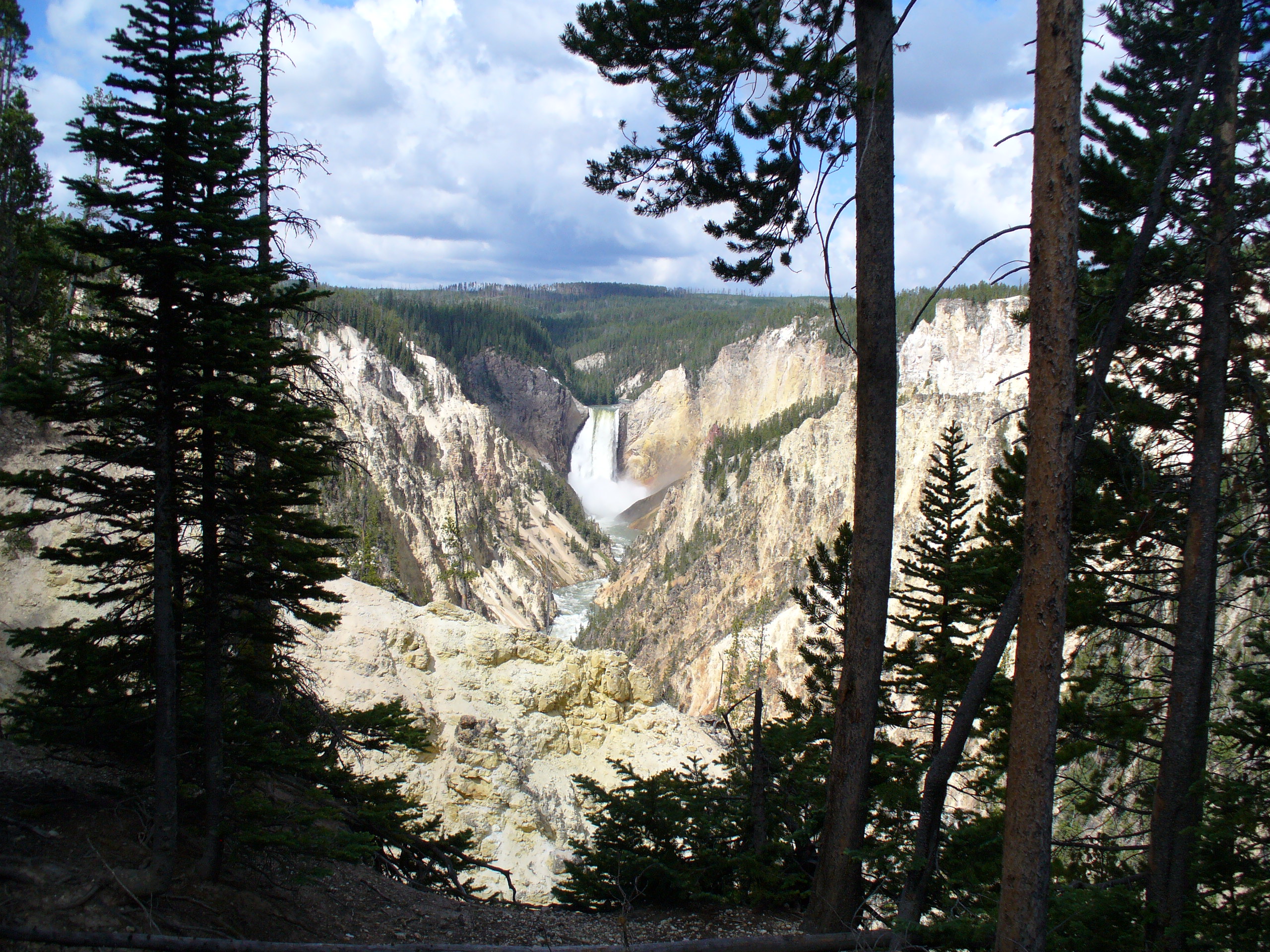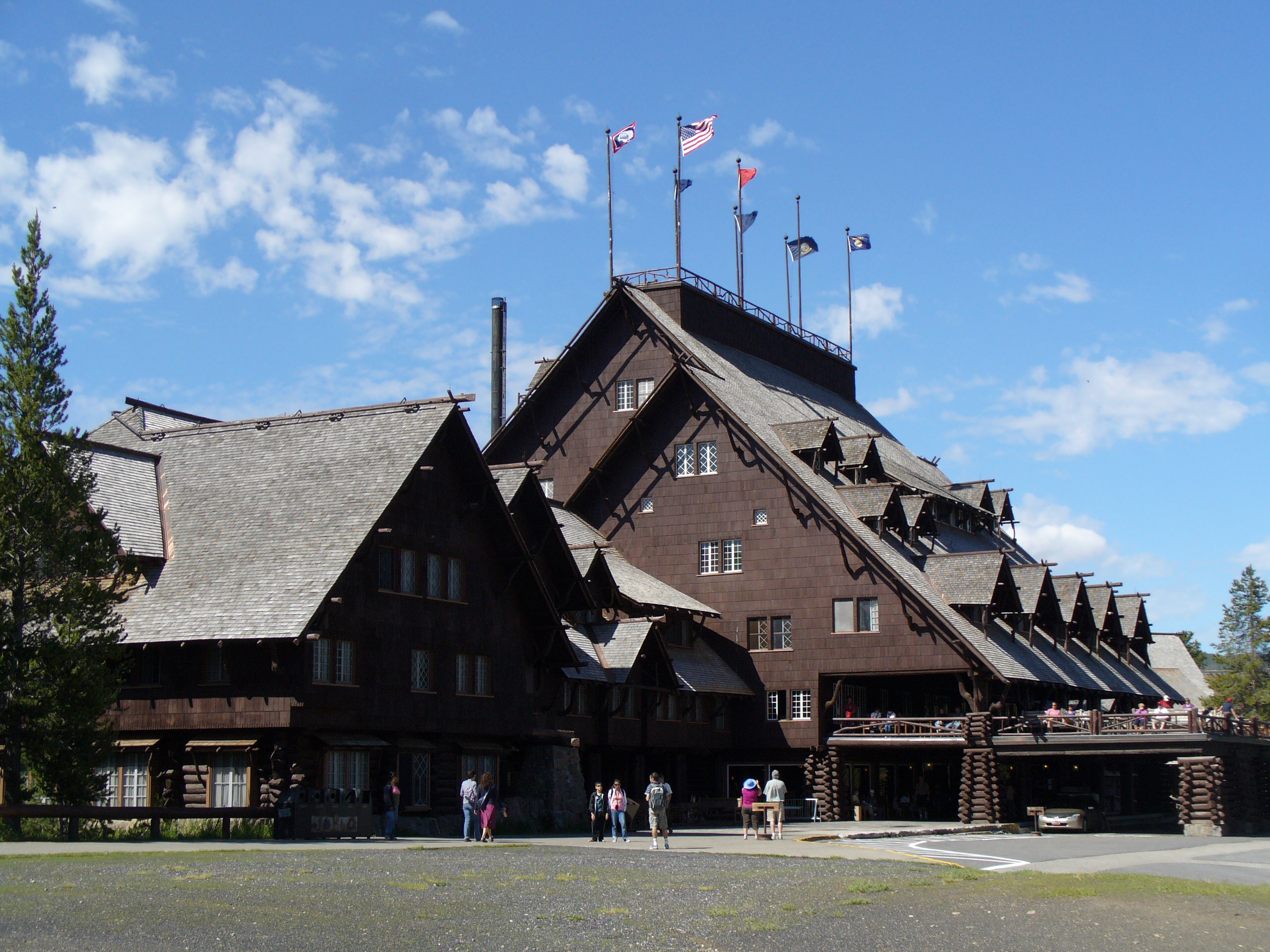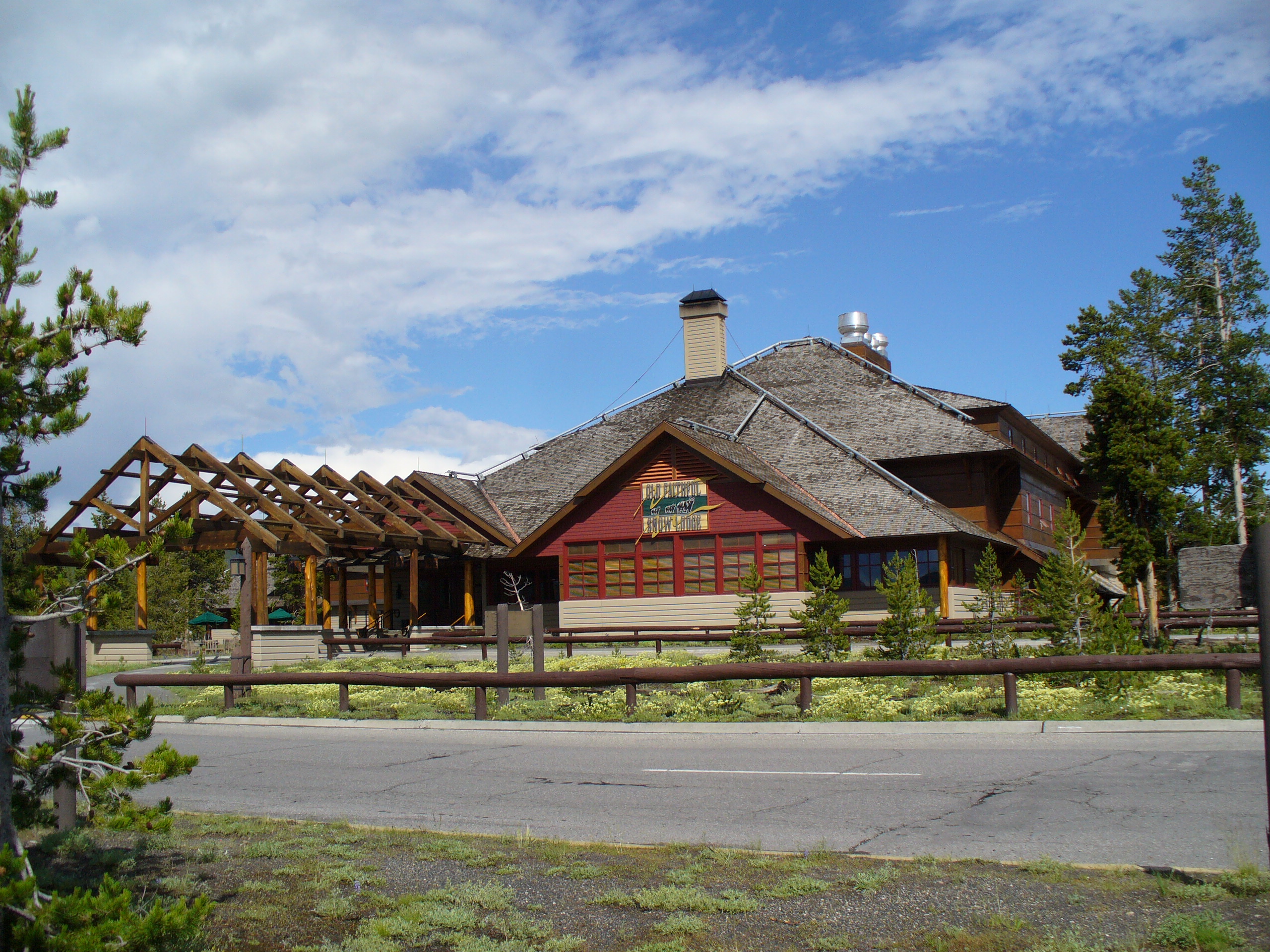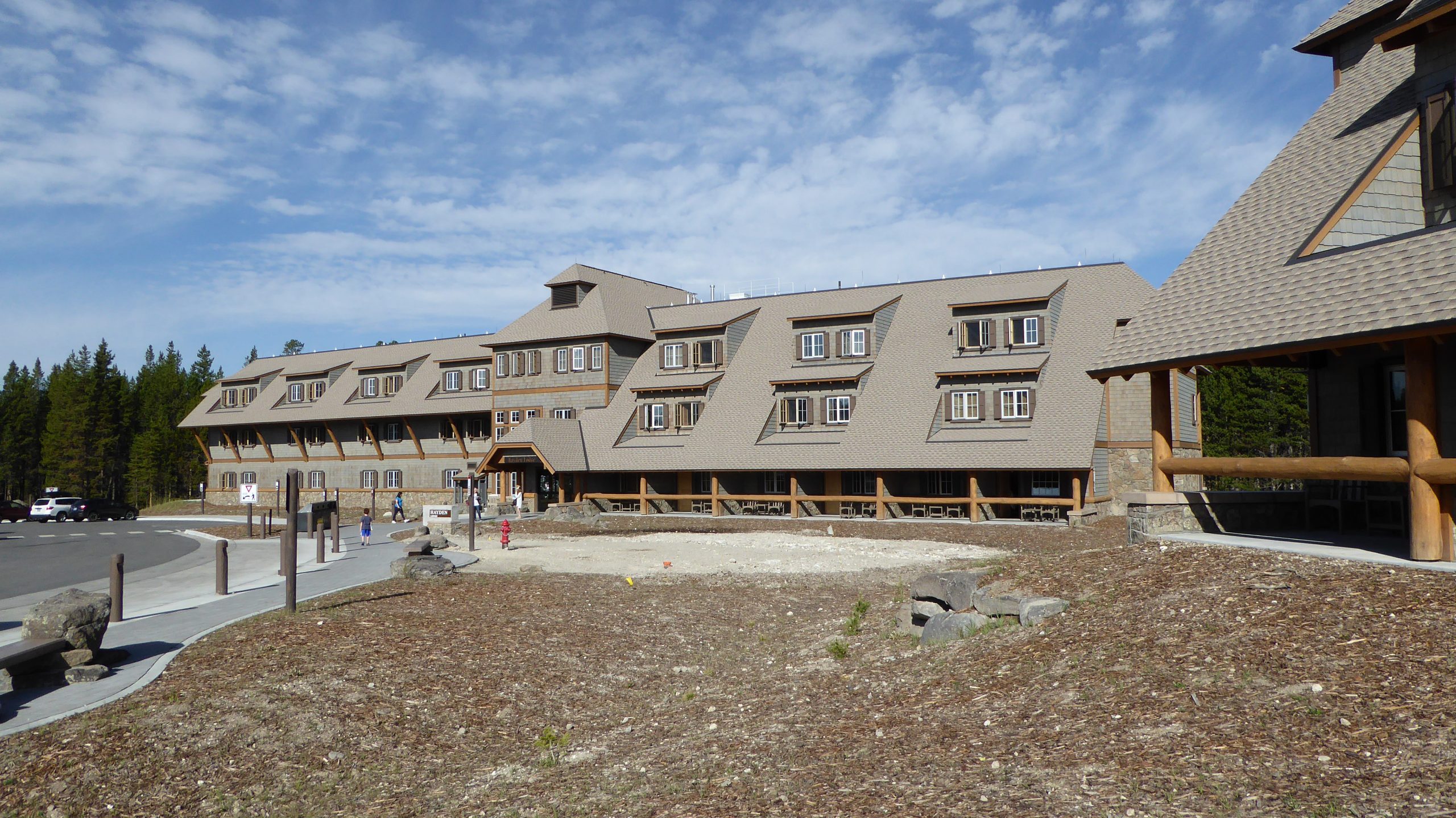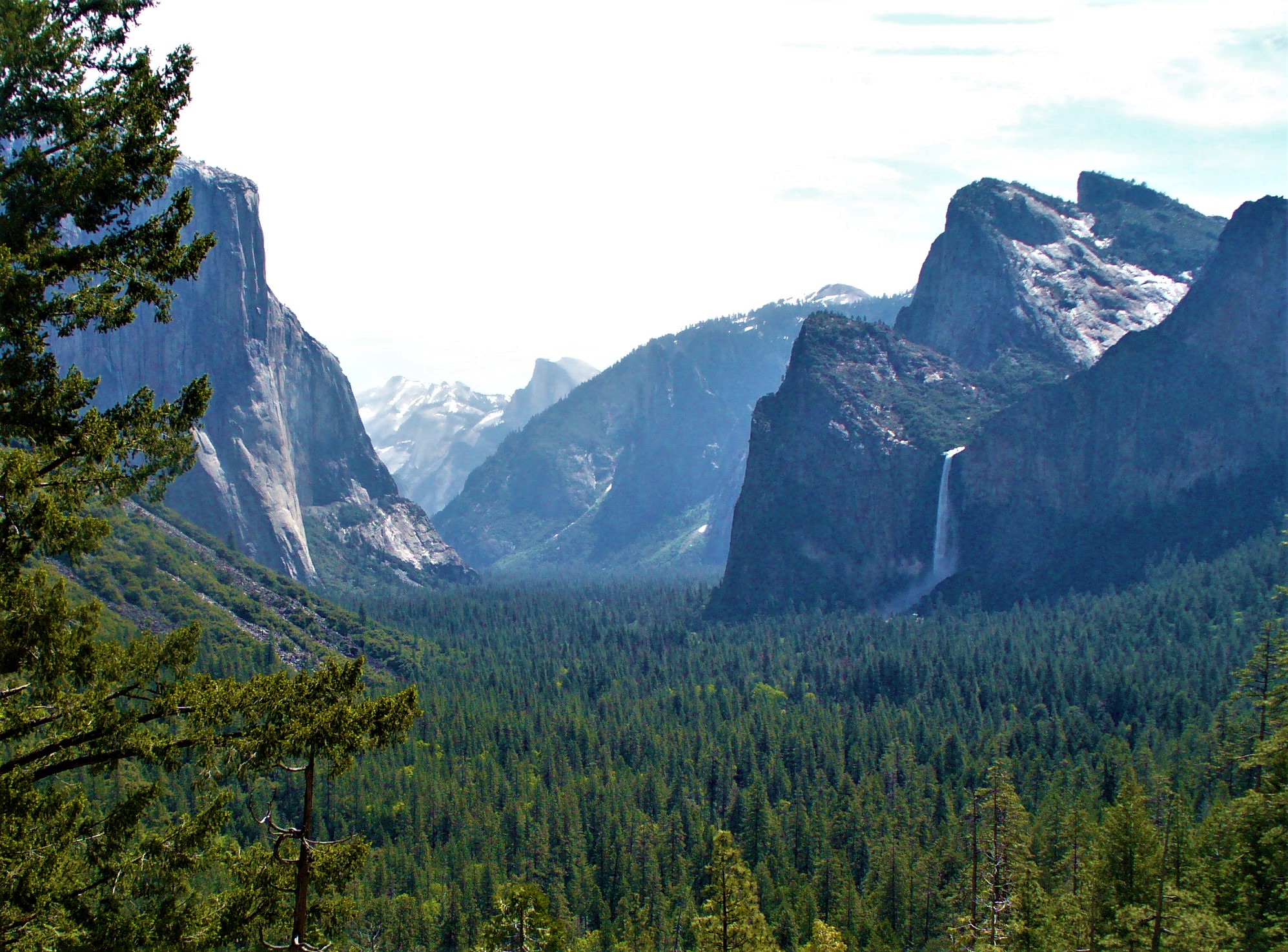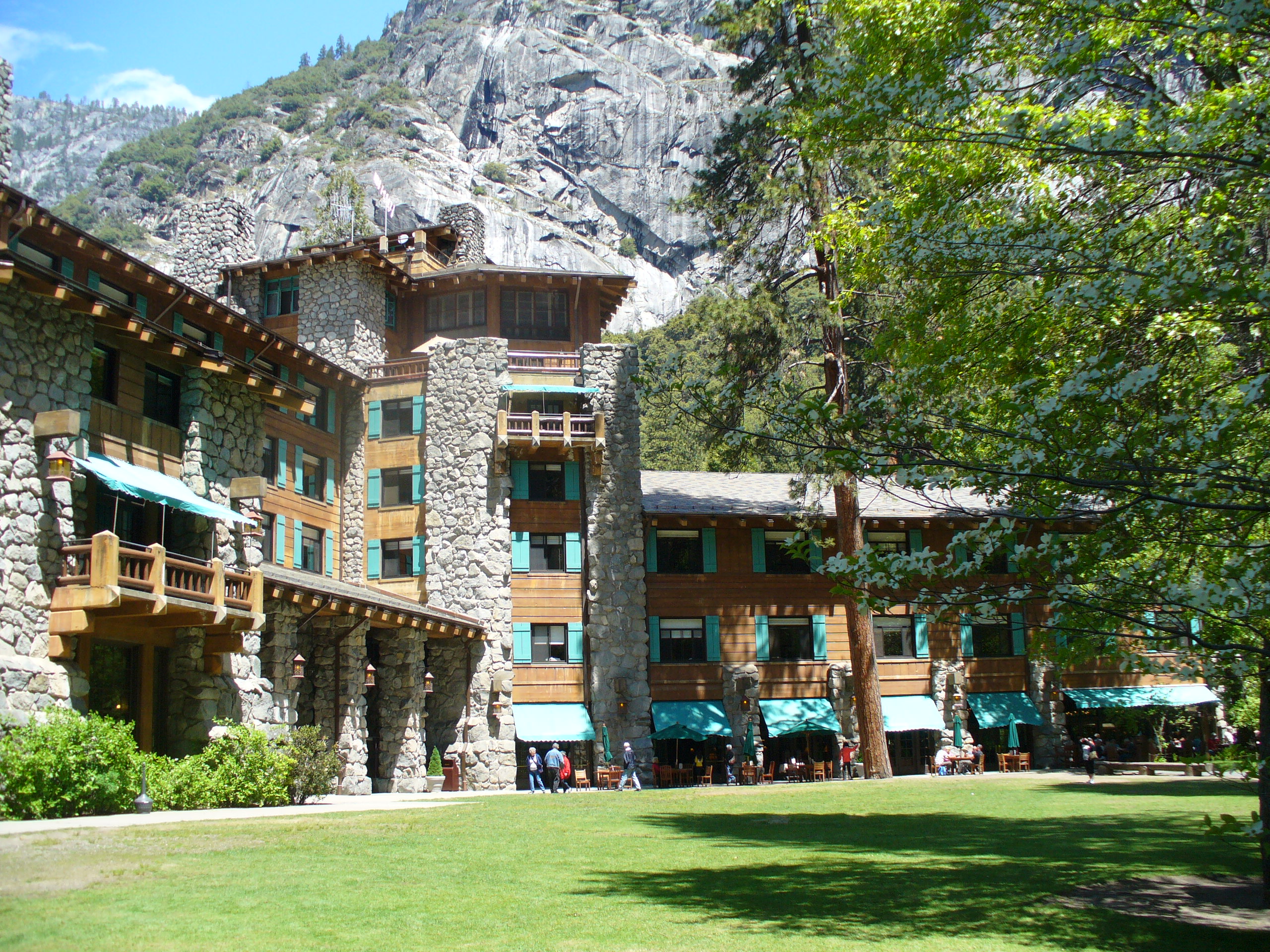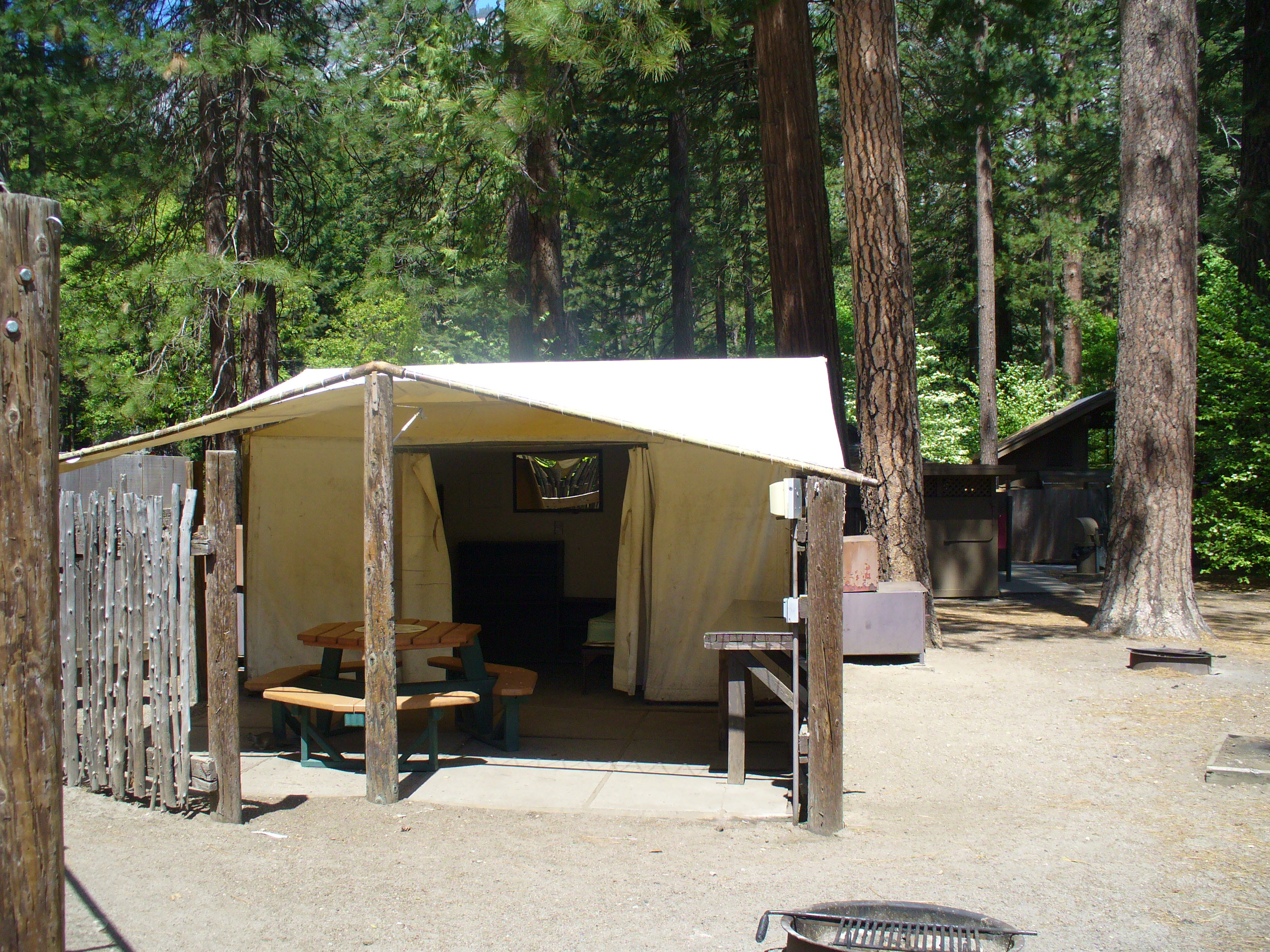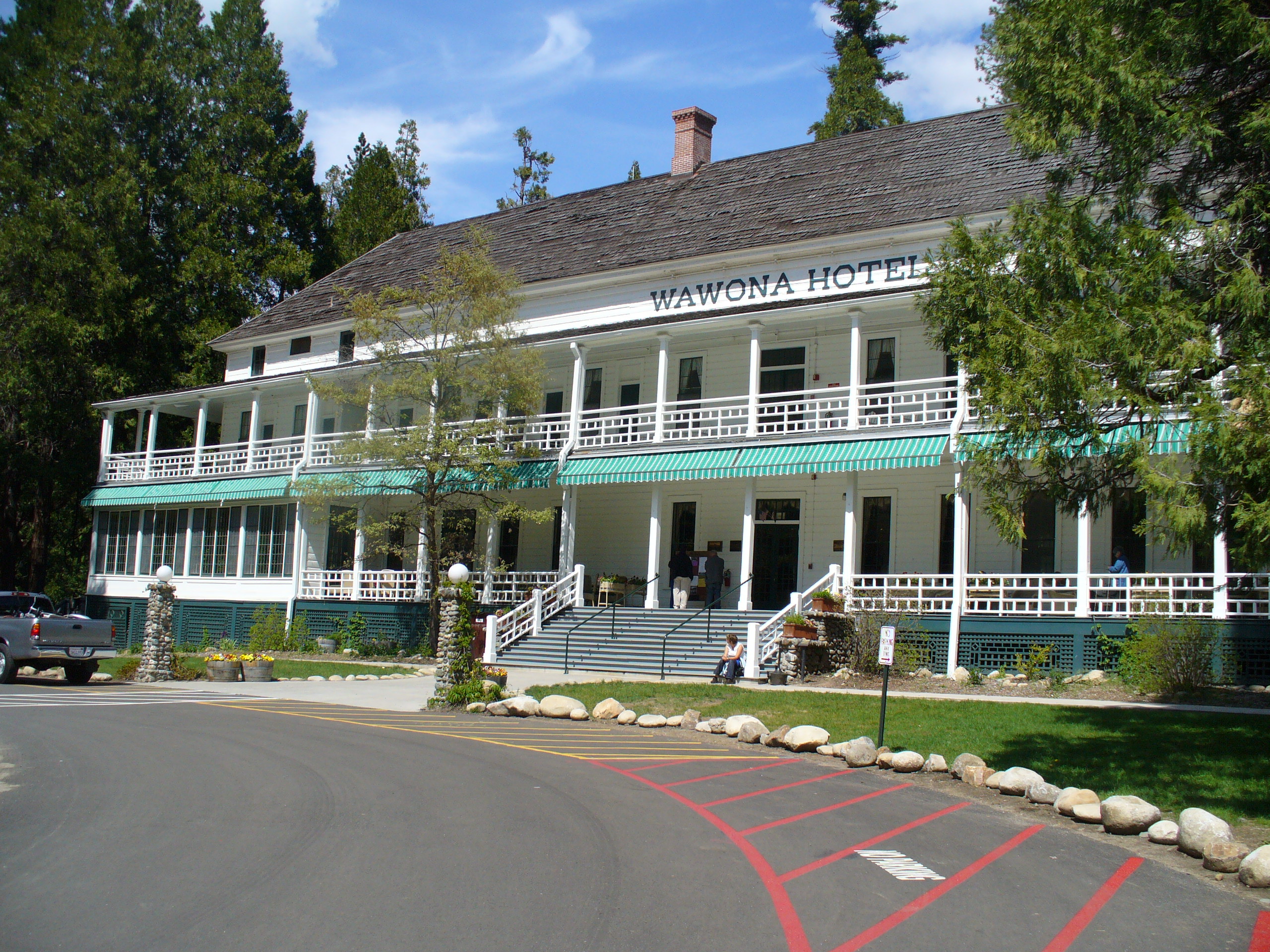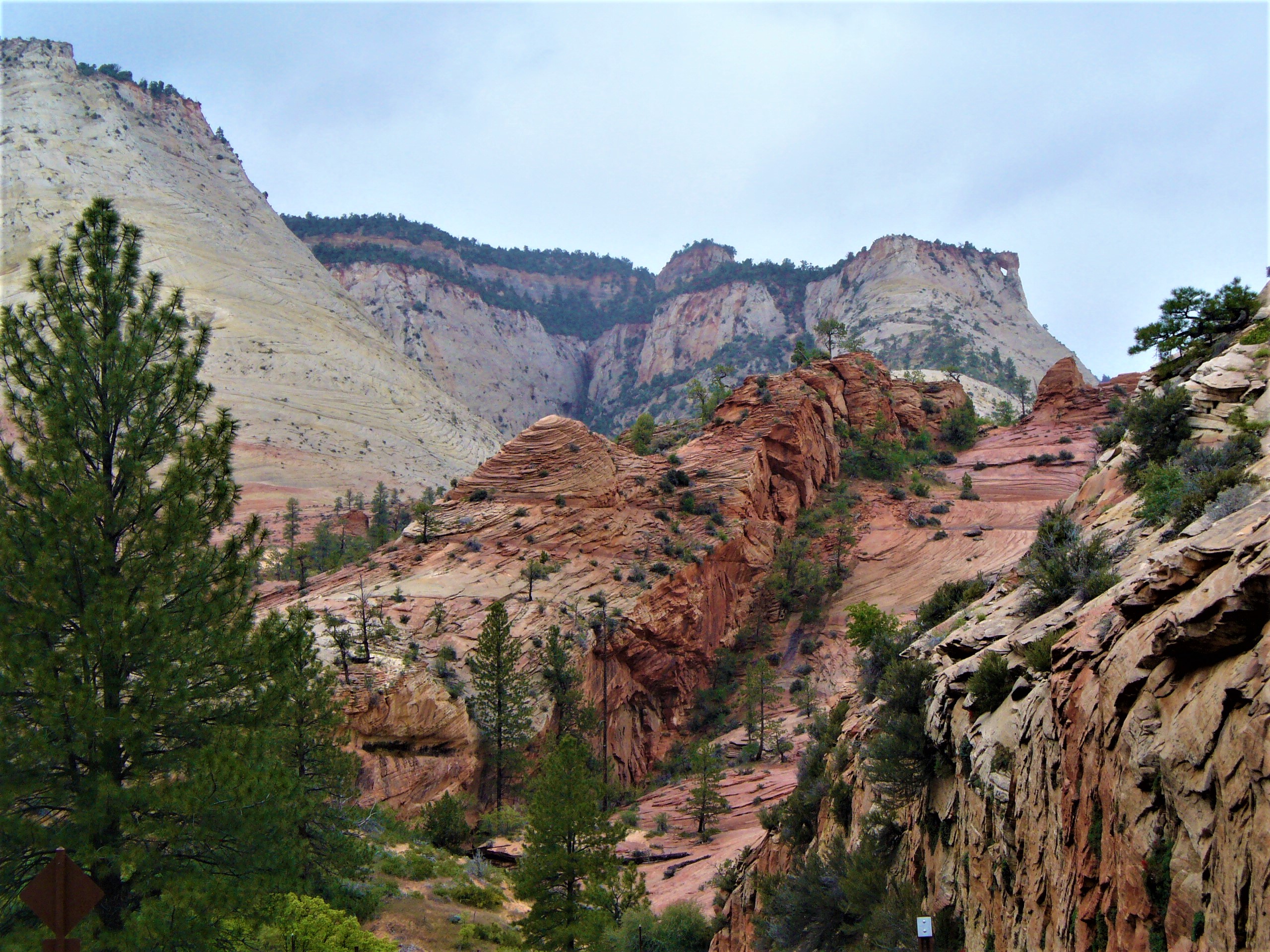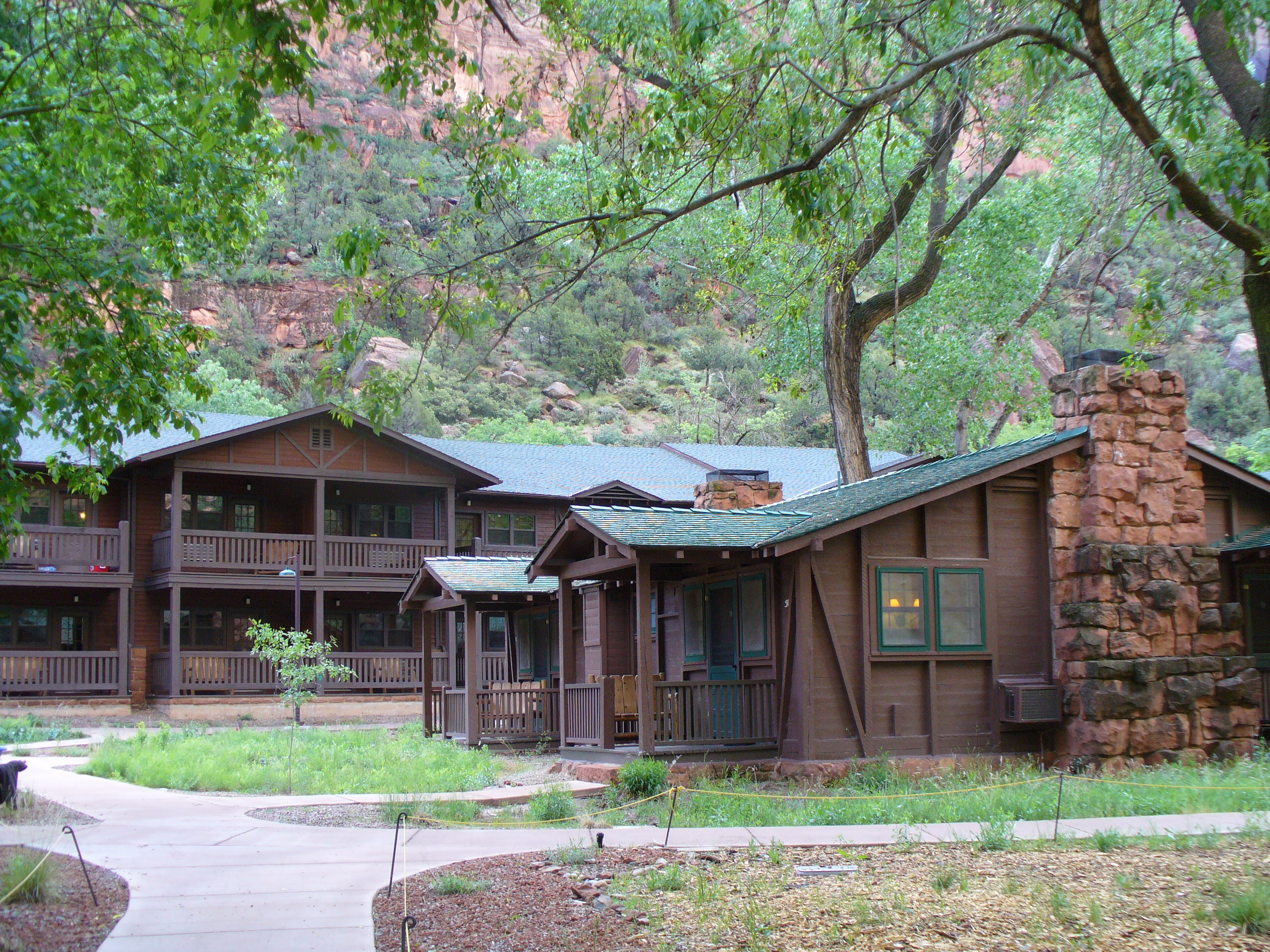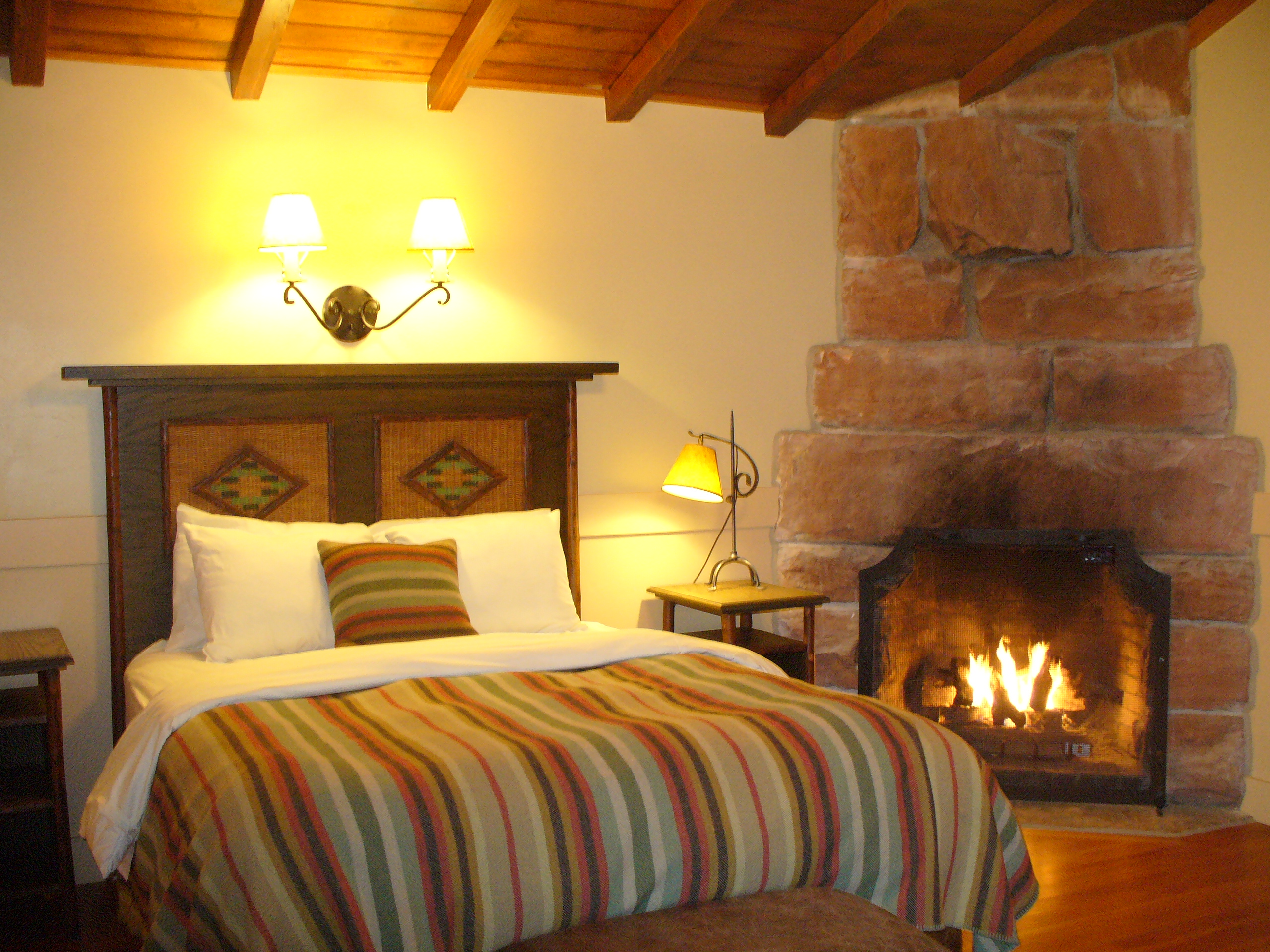An Introduction to America’s National Park Service Campgrounds
Camping in America’s national parks allows visitors to more fully appreciate the beauty and activities of America’s natural treasures. Although often crowded, National park campgrounds generally offer attractive scenery and plentiful activities. One of our favorite campgrounds at Devil’s Tower National Monument in northeast Wyoming offers campers a large grassy area with cottonwood trees lining the banks of the meandering Belle Fourche River. Campers can walk to a nearby prairie dog town or along a hiking trail that leads to the base of iconic Devil’s Tower, a sacred site for Native Americans. Flamingo Campground at the south end of Everglades National Park sits beside Florida Bay in a grassy area of palm trees and serves as an ideal location for campers to enjoy bicycling, canoeing, hiking and plentiful mosquitoes. Nine campgrounds along the Blue Ridge Parkway have always been among our favorites. Generally uncrowded, these campgrounds are scattered along the 469-mile long scenic parkway, offering convenient places to overnight while enjoying one of America’s most scenic road trips. The campground on Georgia’s Cumberland Island National Seashore sits in a grove of magnificent live oak trees and is a short distance from one of the Atlantic Ocean’s most beautiful and uncrowded beaches. Campers can walk to the stabilized remains of an old Carnegie family mansion that was destroyed in 1959 by fire. The campground at Craters of the Moon National Monument in Idaho is in a huge cinder field resulting from long-ago volcanic eruptions.
Camping in Devils Tower National Monument, Wyoming
Locations
Not all areas managed by the National Park Service maintain campgrounds. For example, the many historical areas operated by the National Park Service, including Fort Frederica National Monument (GA), Arkansas Post National Memorial, and Tonto National Monument (AZ), do not have developed camping facilities. Likewise, National Park Service units in metropolitan areas do not generally have camping facilities. The majority of major national parks including Yosemite National Park (CA), Yellowstone National Park (WY/MT/ID), Rocky Mountain National Park (CO), Great Smoky Mountains National Park (NC/TN), Big Bend National Park (TX), Grand Canyon National Park (AZ), Sequoia National Park (CA), Glacier National Park (MT), and Death Valley National Park (CA/NV), each have multiple campgrounds. Even many smaller park units such as Dinosaur National Monument (CO/UT), Colorado National Monument (CO), Joshua Tree National Park (CA), and Lava Beds National Monument (CA) offer at least one developed campground.
Management
Most national park campgrounds are maintained and operated by the National Park Service. These campgrounds typically offer picnic tables, grills, public bathrooms with sinks, flush toilets, sanitary stations, and individual parking spaces. Many also have dump stations. Few NPS campgrounds have electrical or water hookups, hot water, or showers. A shortage of personnel has resulted in the NPS relying on private firms to manage some campgrounds. For example, five of the twelve campgrounds in Yellowstone National Park are managed by Xanterra Parks & Resorts, the privately-owned firm that operates Yellowstone’s nine lodging facilities. Concessionaires typically operate national park RV parks that include more elaborate facilities. RV parks are located in a limited number of national parks including Big Bend, Grand Teton, Olympic, and Yellowstone. National Park Service rangers offer evening campfire and interpretive programs at most NPS campgrounds, especially on weekends during busy summer months. The programs typically begin at dusk and are nearly always enjoyable and informative. Arrive early and spend time talking with a ranger or singing songs with other campers.
Reservations
National park campgrounds generally operate on a first-come, first-serve basis. This means it is best to arrive and occupy a campsite as early in the day as possible. For busy parks such as Yellowstone, Sequoia, or Glacier, we often stay at a U.S. Forest Service campground within a reasonable driving distance of the park, and rise early the following morning to claim a campsite in the park. This isn’t always necessary, but use good judgment based on the park you will be visiting, along with the season and day of the week you plan to visit. Some National Park Service campgrounds permit reservations. Mather Campground on the South Rim of the Grand Canyon and the park’s North Rim Campground each accept reservations. If planning to visit the North Rim you will almost certainly want to make a reservation because the campground fills virtually the entire season. Some large parks accept reservations for only one or two of several campgrounds. For example, Furnace Creek Campground in Death Valley National Park is the only one of the park’s nine campgrounds that accepts reservations. Glacier National Park in Montana has thirteen campgounds, only two of which (Fish Creek and St. Mary) are subject to reservation. Reservations in Yosemite Valley campgrounds are required from March 15 through November. The reservation system works well if you know exactly when you will be visiting a park. For reservations in National Park Service campgrounds visit www.recreation.gov, or call 877-444-6777.
Fees
Nightly camping fees without hookups generally range between $10 and $35 depending on the park, the campground, and the facilities. Concessionaire-operated RV parks within national park units offer hookups and are more expensive. For example, Fishing Bridge RV Park in Yellowstone is $79 per night for up to four individuals. Headwaters RV Park in Grand Teton National Park (actually, John D Rockefeller, Jr Parkway) charges $42 per night for a tent site and $84 per night for an RV site. Some campgrounds are available without charge, but these tend to be in remote locations, often with no potable water. In general, busy parks and campgrounds with improved facilities charge at the high end of the range. Most park campgrounds accept payment by check or cash, but not credit cards. Senior citizens with a American the Beautiful Senior Pass and handicapped citizens with an American the Beautiful Access Pass camp for half the regular fee, even in most campgrounds managed by concessionaires rather than the National Park Service. Both passes can be obtained at any national park visitor center or entrance station. The access pass is free while the senior pass has a one-time $80 fee. These two passports also provide free entrance to all units of the park system. An annual America the Beautiful Pass ($80) is available to anyone and provides free park admission but no fee reduction for camping or other activities. Some parks impose a limit on the number of vehicles and the number of people who can occupy a single campsite. All parks have a limit on the length of time campers can stay, although this may be waived if the campground isn’t full.

Thinking about spending a night or two in a lodge during a visit to one of the national parks? Comprehensive information about all national park lodging facilities is available in The Complete Guide to the National Park Lodges by David L. and Kay W. Scott. The eighth edition includes color photos, room rates, reservation information, room recommendations, dining options, activities, maps, and pet information.
Order Complete Guide to the National Park Lodges from Amazon.


